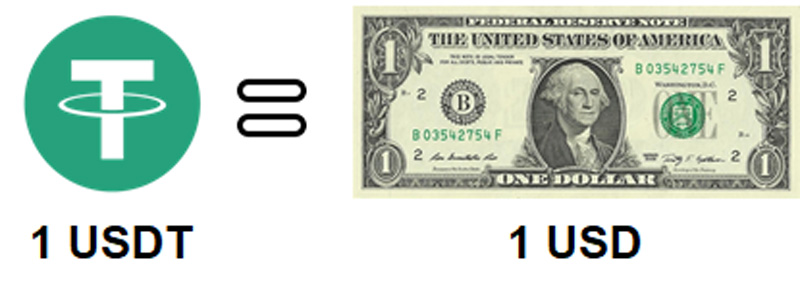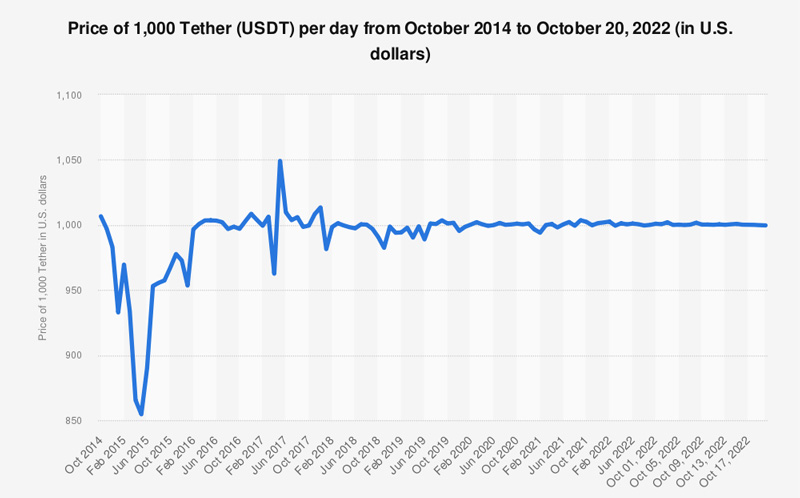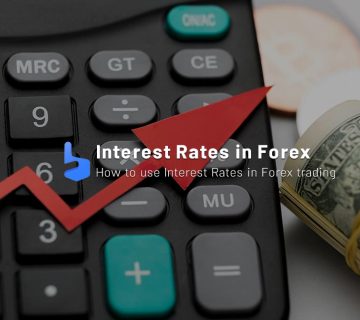
The Importance of Interest Rates in Forex?
What you are about to read:
Interest rates play a central role in the global economy and affect various financial markets, including the forex market. In forex trading, understanding interest rates is crucial as they directly impact the value of currencies, exchange rates, and overall market sentiment and analysis. The aim of this article from Brokerland website is to provide an overview of interest-rates in forex, examining their importance, determining factors, and effects on currency pairs, and ultimately utilizing them in forex trading.
What are Interest Rates?
Interest rates indicate the cost of borrowing money or the return on capital for holding funds. Central banks, such as the Federal Reserve in the United States, set interest rates to regulate economic activities and maintain price stability. These rates can be divided into two main types: nominal and real.
- Nominal Interest Rate: This rate is the declared interest before adjusting for inflation and reflects the percentage increase in the value of a loan or savings account over a specified period.
- Real Interest Rate: Real interest rates are adjusted for inflation and provide a more accurate measure of purchasing power, indicating the real return on investment or the actual cost of borrowing.
Interest rates have a profound impact on the value of currencies and exchange rates. Traders closely monitor central bank decisions regarding interest rates as it influences market sentiment and stimulates currency movements. Here’s how this rate affects forex trading:
Carry Trade Strategy: One of the main ways interest rates affect forex trading is through the carry trade strategy. In this method, investors borrow funds in a currency with a low-interest rate and invest in a currency with a higher interest rate to profit from the interest rate differential. For example, if the interest rate in Japan is lower than in the United States, investors may borrow Japanese yen (JPY) at a low interest rate and invest in US dollars (USD) to achieve higher returns.
Impact on Currency Value: Changes in interest rates in forex can lead to changes in the value of currencies. When central banks increase interest rates, it typically strengthens the domestic currency as higher rates attract foreign investment and increase demand for the currency.
Conversely, a decrease can weaken the currency as investors seek higher returns elsewhere. Forex traders analyze these rate decisions and their potential effects on currency rates to make informed trading decisions, which is one of the fundamental factors in fundamental analysis.
Market Sentiment: Central bank announcements regarding interest rates can significantly influence market sentiment and trader behavior. Monetary policies that involve increasing interest rates are perceived positively for a currency, leading to an increase in its value. Conversely, policies such as interest rate cuts or accommodative measures tend to decrease the currency’s value.
Forex traders closely monitor central bank statements and economic indicators to assess policymakers’ stance on these rates and predict market reactions, similar to what is done in sentiment analysis and price action RTM.
Factors Affecting Interest Rates
Several factors influence interest rates in forex, including:
Economic Data: Central banks base their interest rate decisions on economic indicators such as inflation, employment, gross domestic product (GDP) growth, and consumer spending. Strong economic data may prompt central banks to raise rates to curb inflation and maintain price stability. Conversely, weak economic indicators may lead to rate cuts to stimulate economic growth.
Central Bank Policy: Monetary policy decisions by central banks directly affect interest rates. Central banks use these rates as tools to achieve their policy objectives, such as controlling inflation, supporting economic growth, or stabilizing financial markets.
The Federal Reserve, the European Central Bank (ECB), the Bank of England (BoE), and other major central banks regularly announce their rate decisions, which can lead to significant fluctuations in the forex market. In fact, one of the most important kill zones in forex trading revolves around these central bank announcements and interest rate declarations.
Inflation Expectations: Inflation expectations affect interest rates in forex and central bank policy decisions. If inflation expectations increase, central banks may raise rates to prevent excessive inflation. Conversely, reducing inflation expectations may lead to rate cuts to stimulate economic activity. Forex traders closely monitor inflation data and central bank statements to gauge future changes in these rates.
Global Economic Conditions: Interest rates are also influenced by global economic conditions, including geopolitical events, trade tensions, and financial market fluctuations. Market uncertainty can lead to fluctuations in interest rates in forex as central banks adjust their policies to address economic risks. Forex traders consider a broader economic environment when analyzing the trend of these rates and currency movements.
Effects of Interest Rate Changes on Currency Pairs
Changes in interest rates in forex can have significant effects on currency pairs, influencing currency rates and trading opportunities. Here are some of the effects of these changes on currency pairs:
- Increase/Decrease in Currency Value: When a central bank increases the interest rate, it usually strengthens the domestic currency, leading to an increase in value against other currencies. Conversely, a decrease in the rate can weaken the currency and lead to a decrease in value.
- Fluctuations: Interest rate decisions often lead to fluctuations in the forex market as traders react to central bank announcements and the release of economic data. Sharp movements in currency rates can present risks and opportunities for traders. Volatility tends to increase during important central bank meetings and economic events, obliging traders to exercise caution and implement risk management strategies and various types of forex orders to protect their capital and avoid margin calls. Additionally, the presence of smart money can sometimes make these conditions much riskier.
- Trading Opportunities: Interest rate differentials between countries create trading opportunities for forex traders. Similar to the strategy mentioned above, which exploits interest rate differentials for profit and is popular among traders seeking returns. However, these trades come with inherent risks, including currency rate fluctuations and changes in interest rate expectations.
How to Use it in Forex Trading
Using these rates in forex trading involves understanding how their changes affect currency value and exchange rates, followed by executing trading strategies based on this knowledge. Here are several ways to use these rates in trading:
Carry Trade Strategy
The carry trade strategy is the same as mentioned above, involving borrowing funds in a currency with a low-interest rate and investing in a currency with a higher interest rate to profit from the interest rate differential. Traders identify currency pairs with significant interest rate differentials and take positions accordingly.
For example, if the rate in country A is higher than in country B, traders may buy currency from country A and simultaneously sell currency from country B. However, they face risks such as currency rate fluctuations and changes in interest rate expectations.
Expectations of Interest Rates in Forex
Traders analyze central bank statements, economic data, and market sentiment to gauge expectations for future interest rate changes. Predicting an increase or decrease in interest rates in forex can help traders position themselves ahead of market movements. For example, if market participants expect the central bank to raise interest rates, traders may buy the currency in anticipation of price appreciation.
Forex traders also consider economic indicators such as inflation, employment, and gross domestic product (GDP) growth to assess the likelihood of interest rate changes and adjust their strategies accordingly.
Trading the News
Announcements of interest rates in forex and the release of economic data can lead to significant fluctuations in the forex market. Traders use strategies for the most important forex news trading to benefit from price changes resulting from central bank decisions and economic indicators. Before important central bank meetings or economic events, traders may place pending orders or wait for confirmation to enter trades after news releases.
Interest Rate Differentials
When analyzing currency pairs, traders consider interest rate differentials between countries. A positive interest rate differential (higher rates in one country compared to another) can attract capital flows and strengthen the currency with higher interest rates. Negative interest rate differentials (lower rates in one country compared to another) may lead to capital outflows and weaken the currency with lower interest rates.
Relationship with Other Assets
Forex traders consider the relationship between interest rates in forex and other financial assets such as bonds, stocks, and commodities. Changes in these rates can affect investor sentiment and asset prices in different markets.
For example, an increase in interest rates may lead to lower bond prices and higher yields, impacting currency valuation. Forex traders analyze correlations between interest rates and other assets, similar to currency correlations, to gain insight into broader market trends and diversify their trading strategies.
Risk Management
Effective risk management when trading based on interest rate fluctuations in forex is essential to mitigate potential losses and preserve capital. Traders use stop-loss orders, appropriate position sizing, and risk/reward ratios to limit potential losses and protect their capital.
Summary
In this article we decided to learn forex together and talked about interest rates, which play a crucial role in the forex market, affecting currency value, exchange rates, and trading opportunities.
Central banks use these rates as a tool to achieve their policy objectives such as controlling inflation, supporting economic growth, and stabilizing financial markets. Forex traders carefully monitor interest rate decisions and their impact on currency pairs to make informed trading decisions.
One common approach to trading forex without using forex indicators or forex expert advisors and robots relies solely on fundamental information such as inflation rates, unemployment, and interest rates. Incorporating interest rates into trading strategies involves analyzing their impact on currency value, exchange rates, and market sentiment.
Forex traders use various techniques such as carry trade strategy, interest rate expectations, news trading, and correlation analysis to capitalize on changes in these rates and make informed trading decisions. Effective risk management when trading based on interest rate fluctuations in forex is crucial for reducing potential losses and preserving capital.

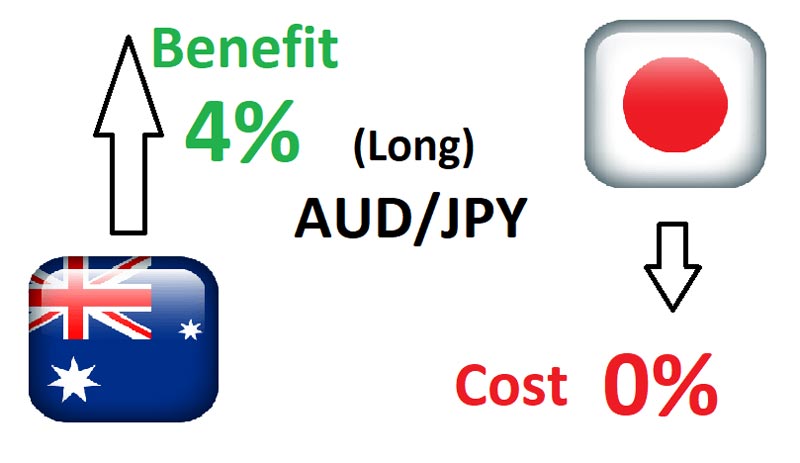
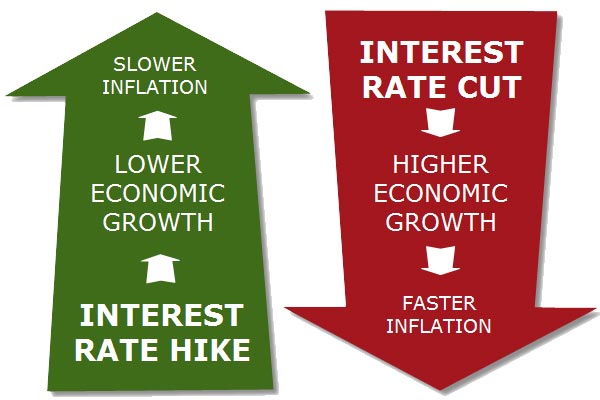
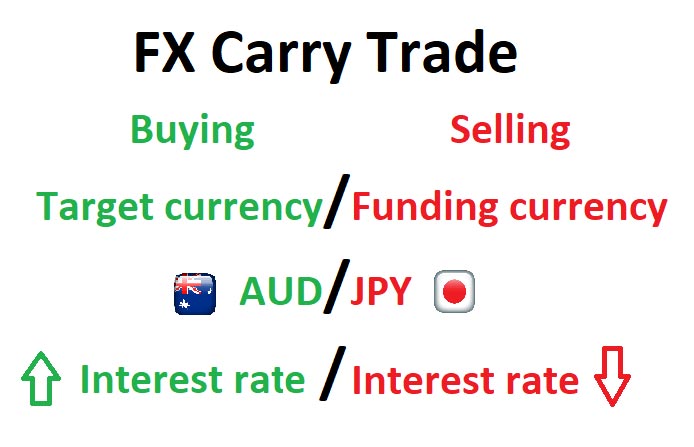





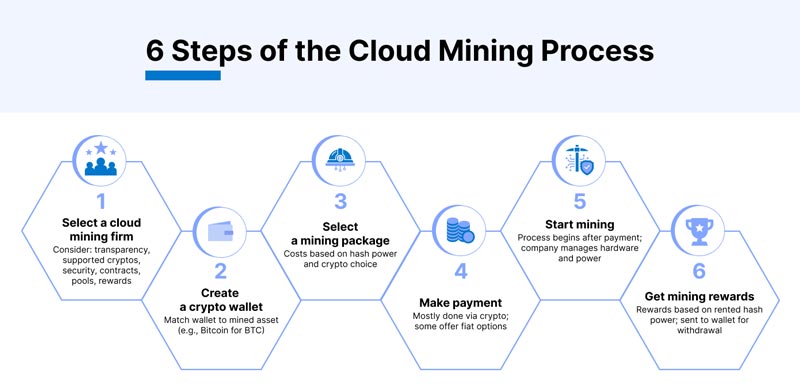
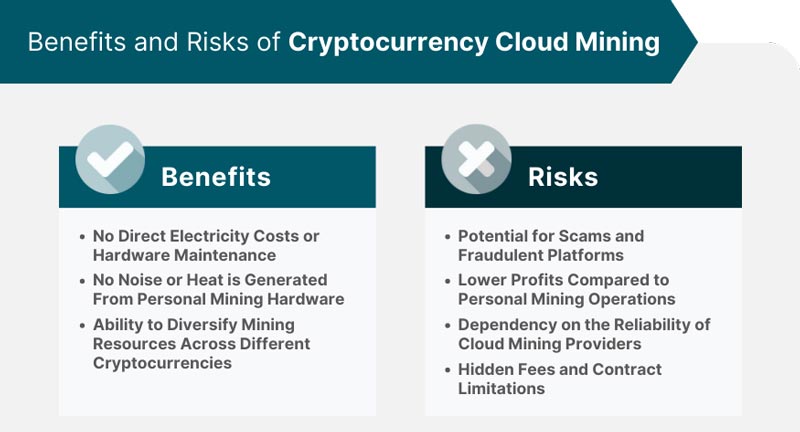
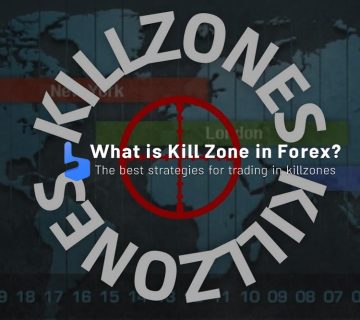
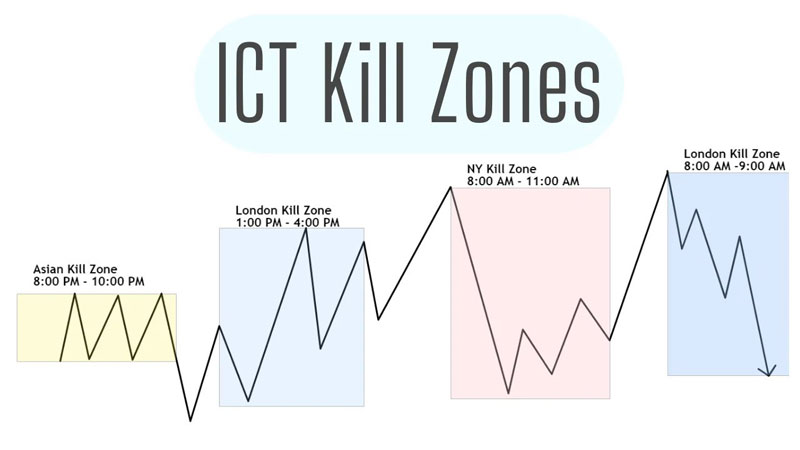
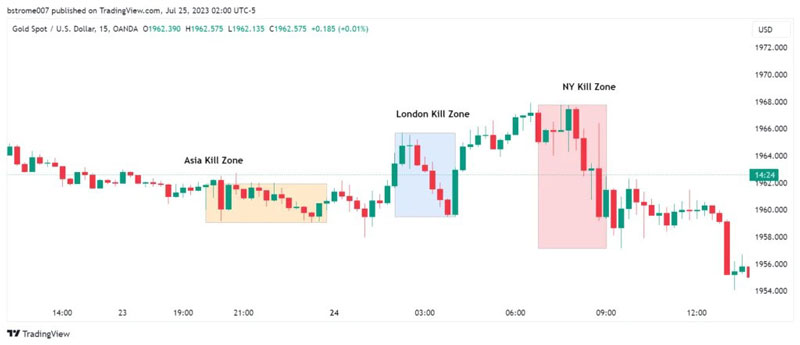



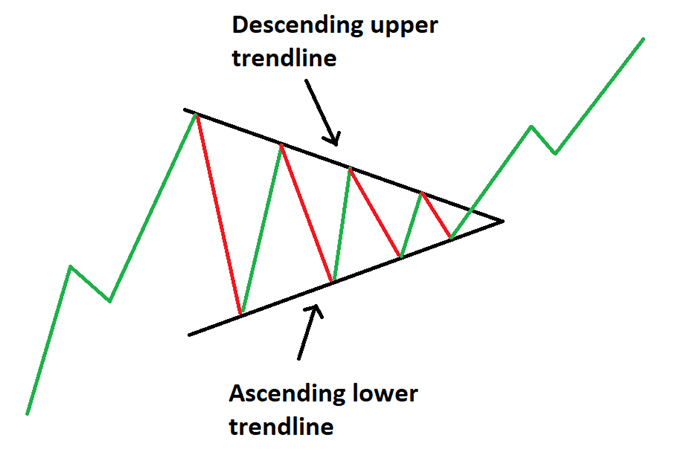
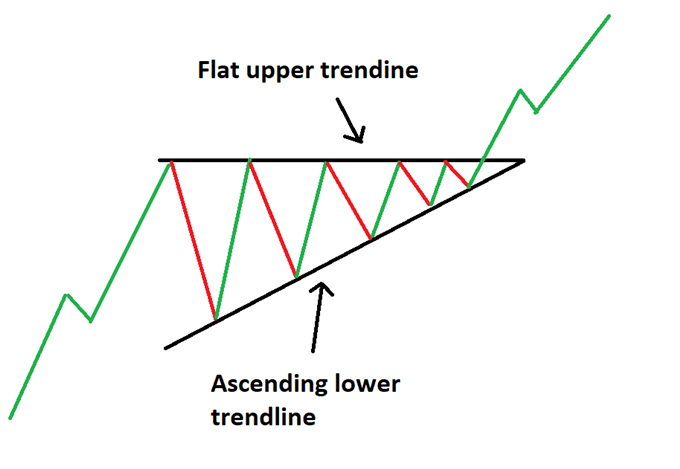
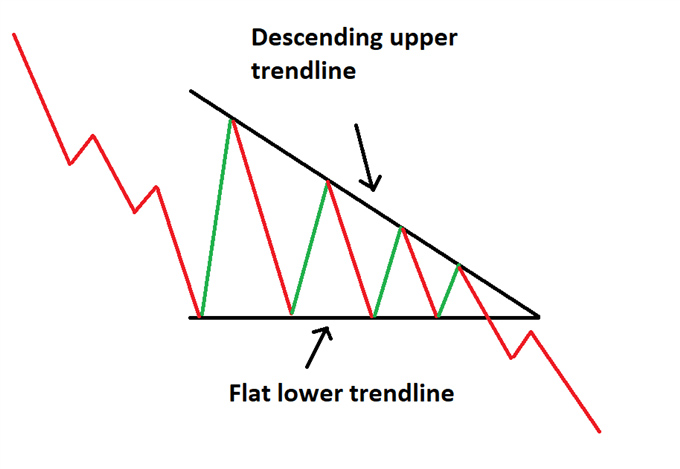
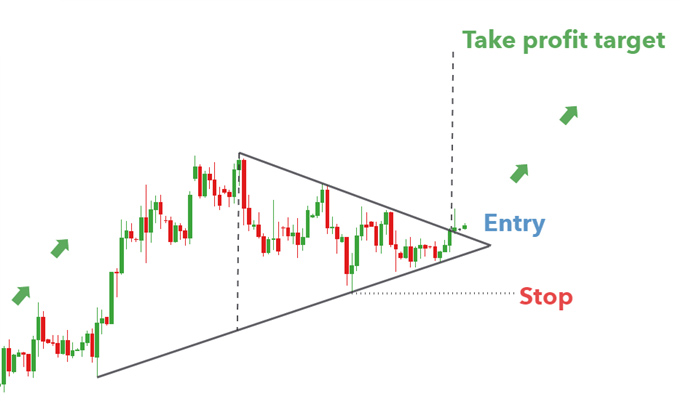
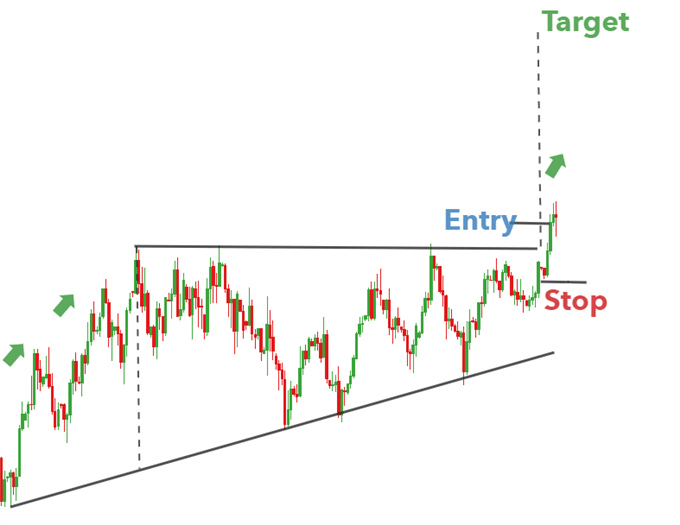
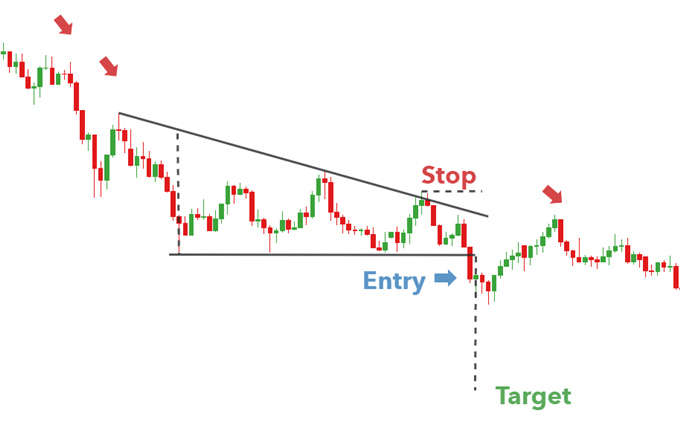
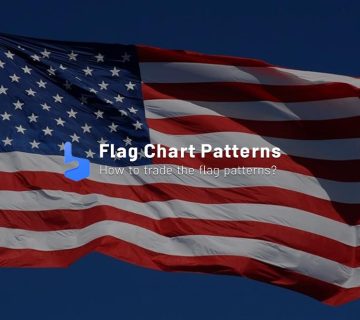
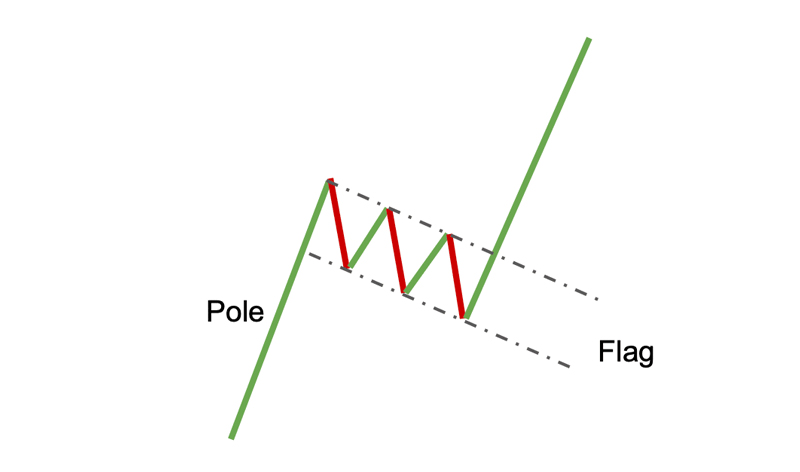
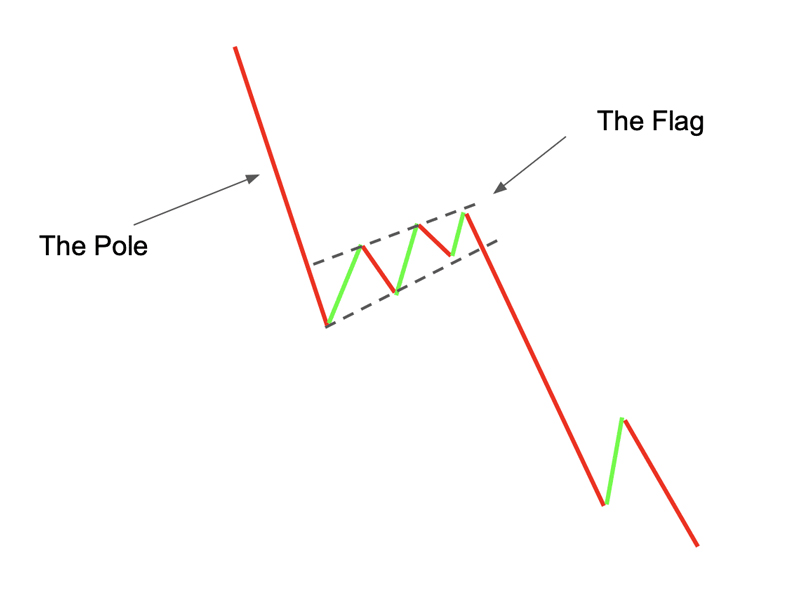
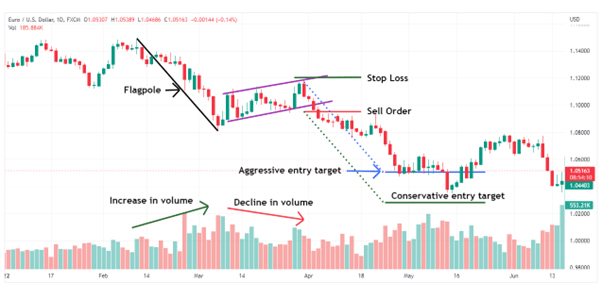
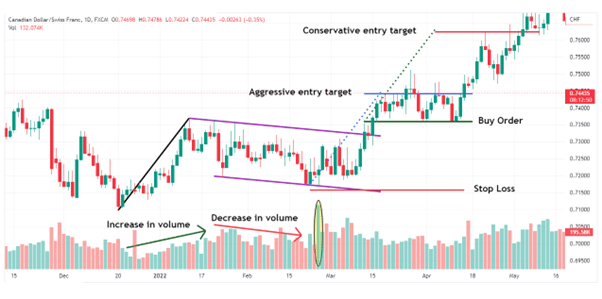
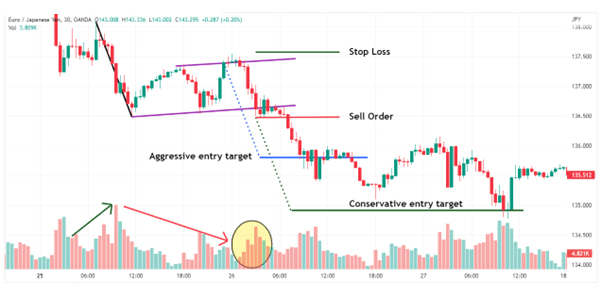

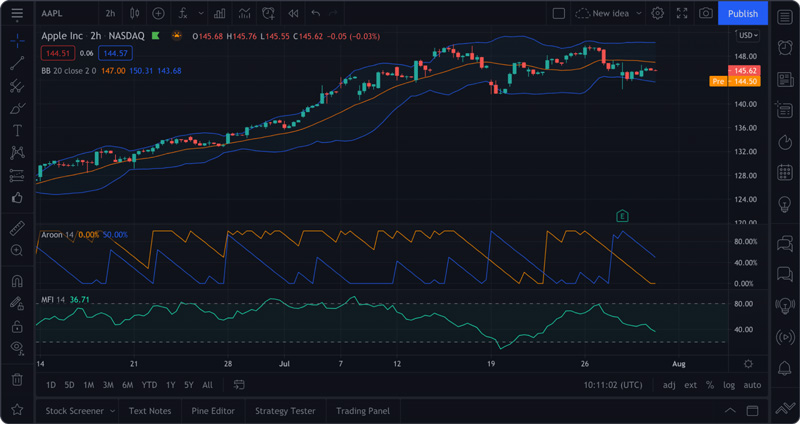
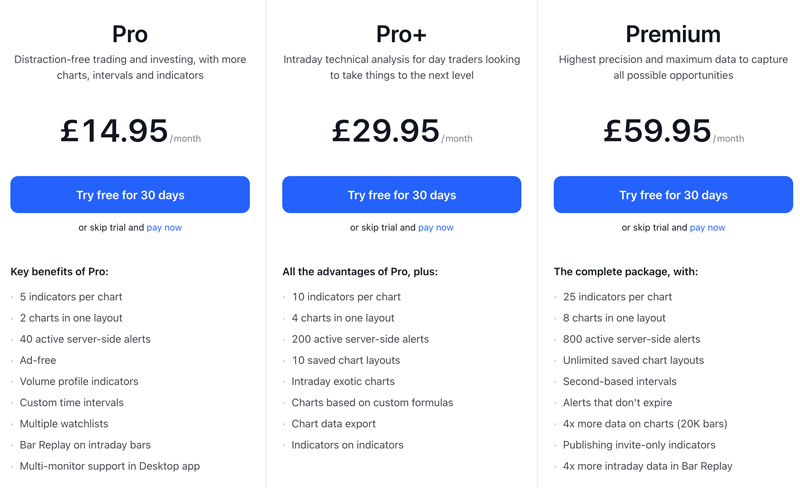








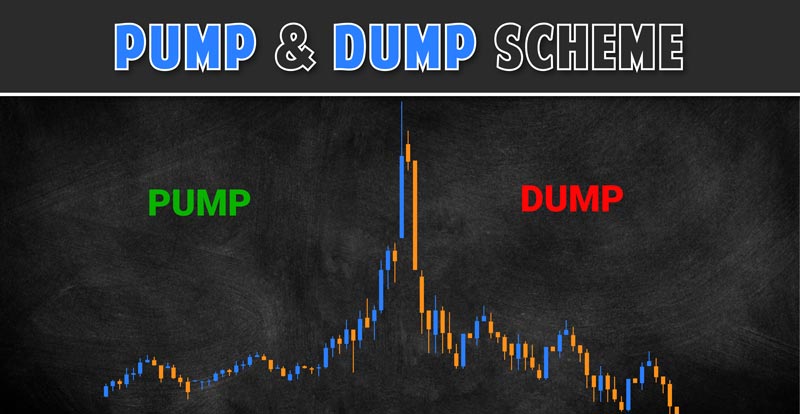



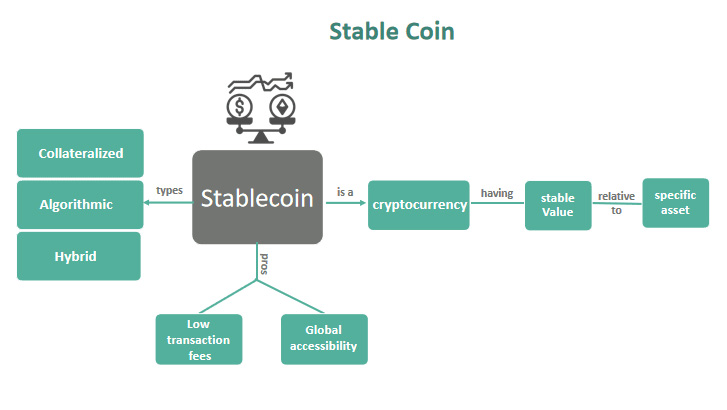
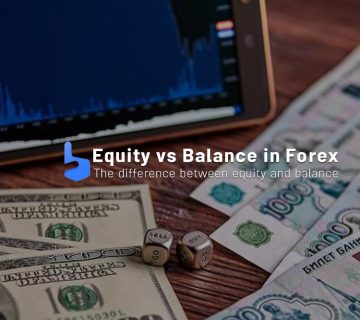


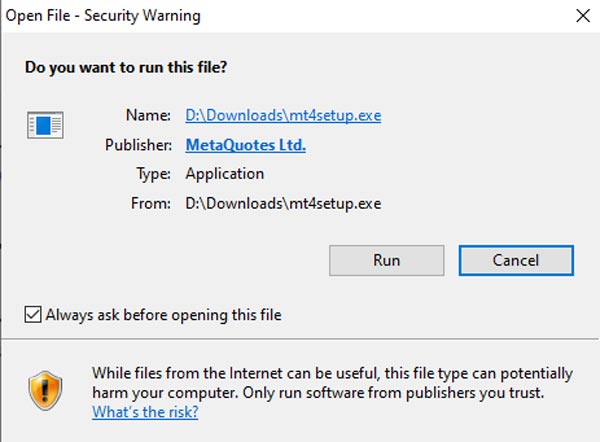
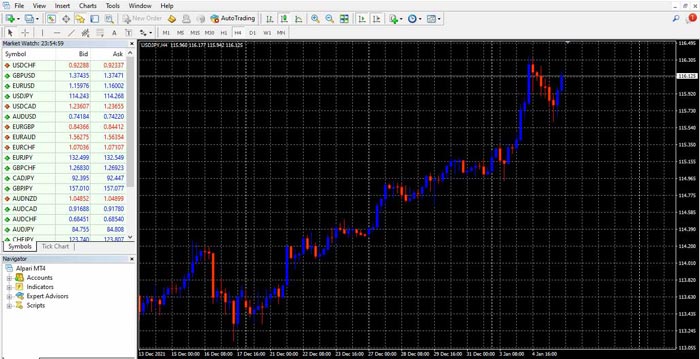
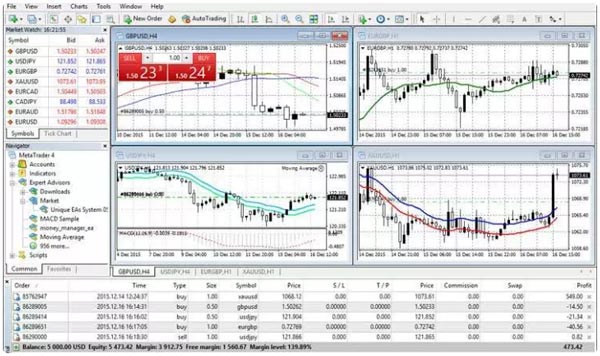
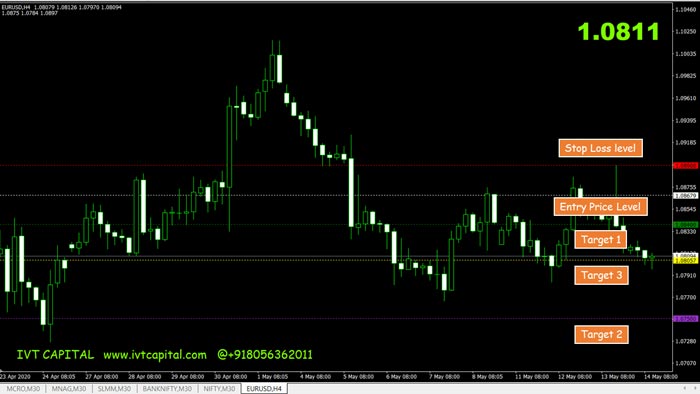

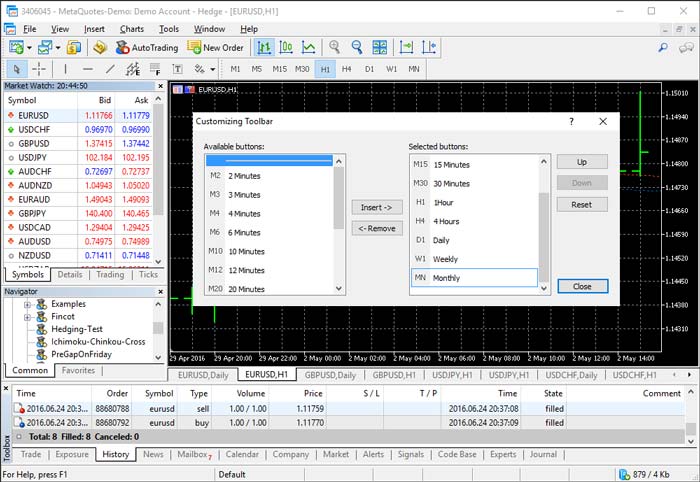
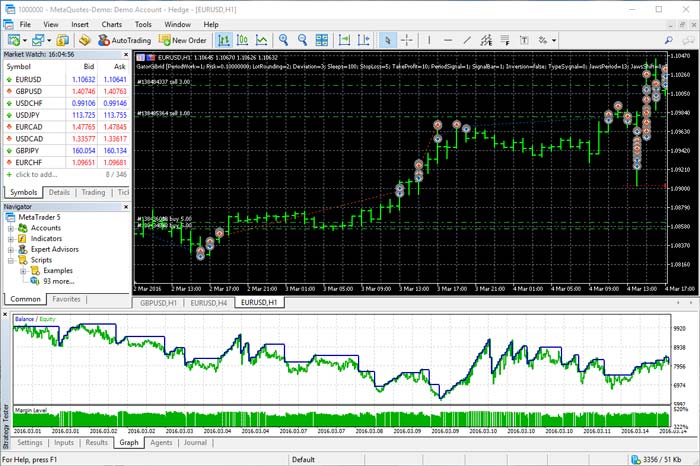

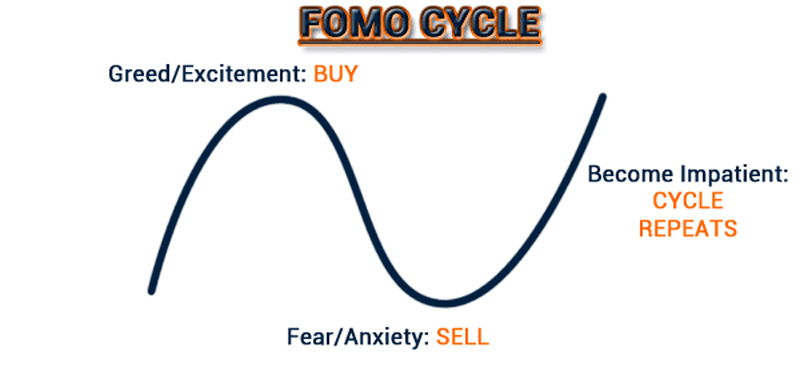


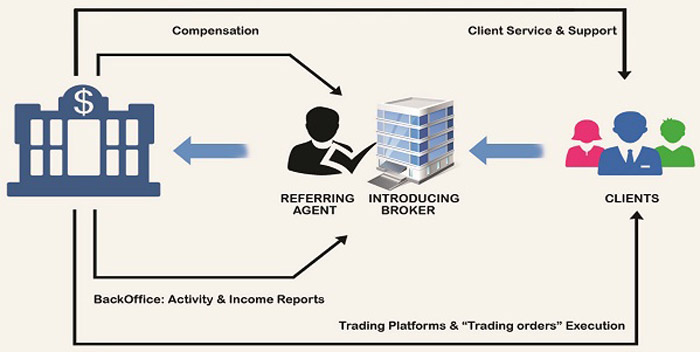


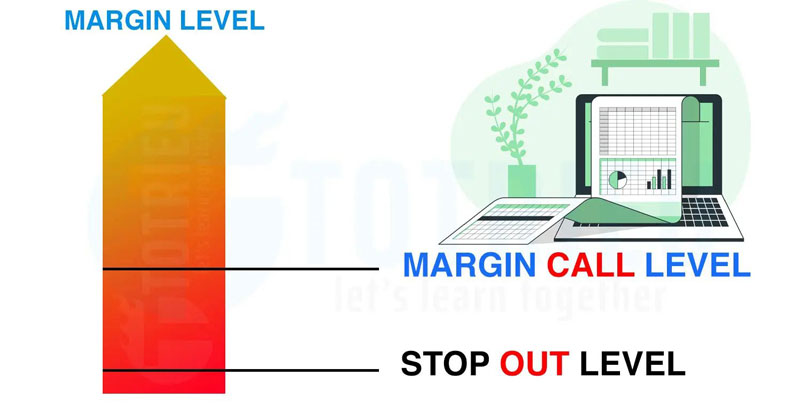

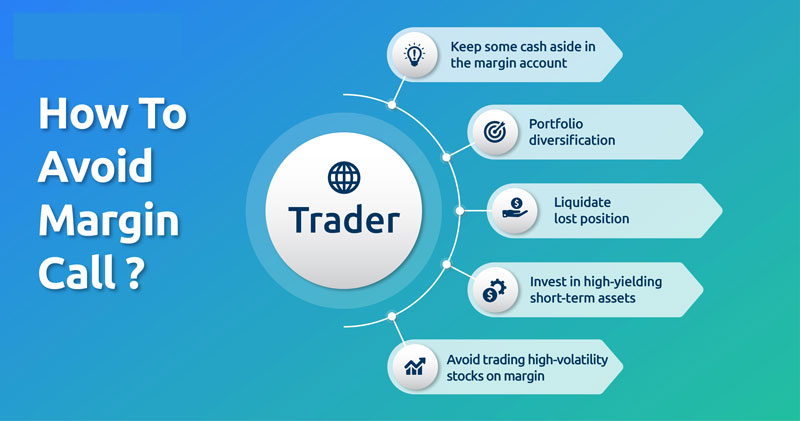


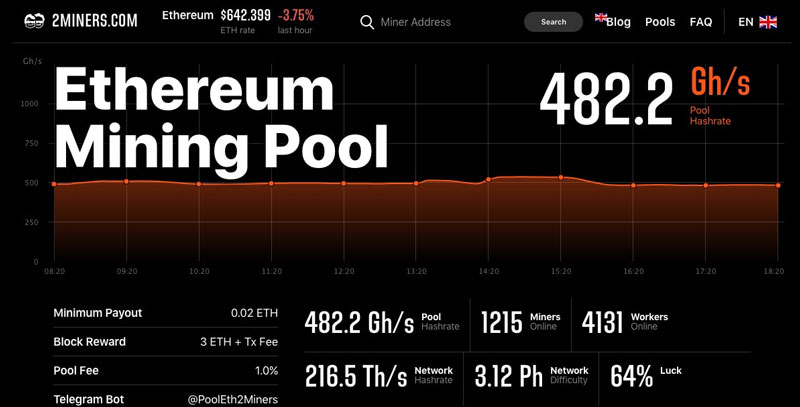
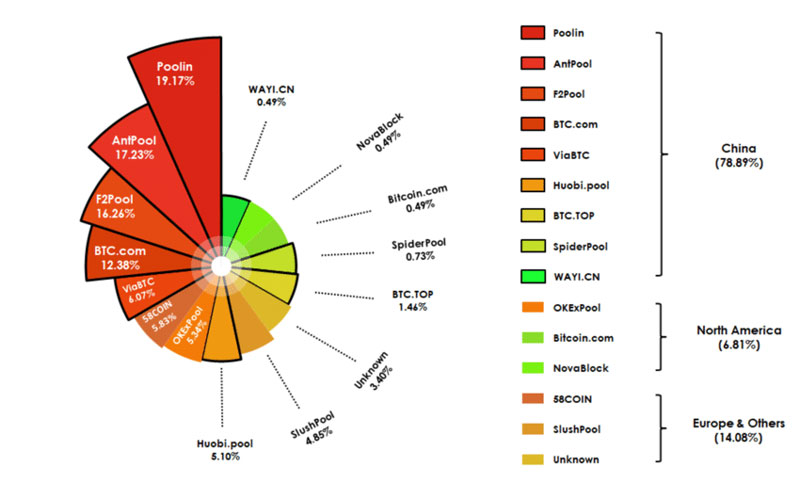

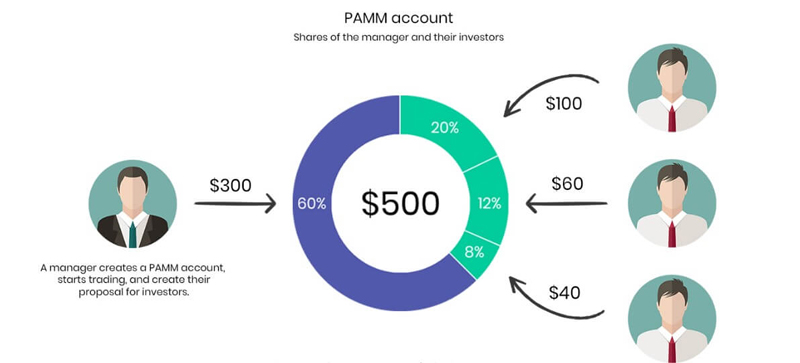
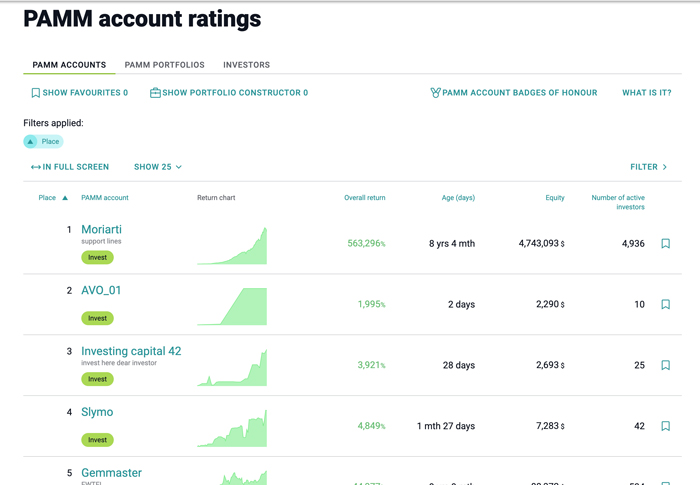 After selecting a manager, the investor can allocate their funds to the PAMM manager’s account and monitor their own investments.
After selecting a manager, the investor can allocate their funds to the PAMM manager’s account and monitor their own investments.
